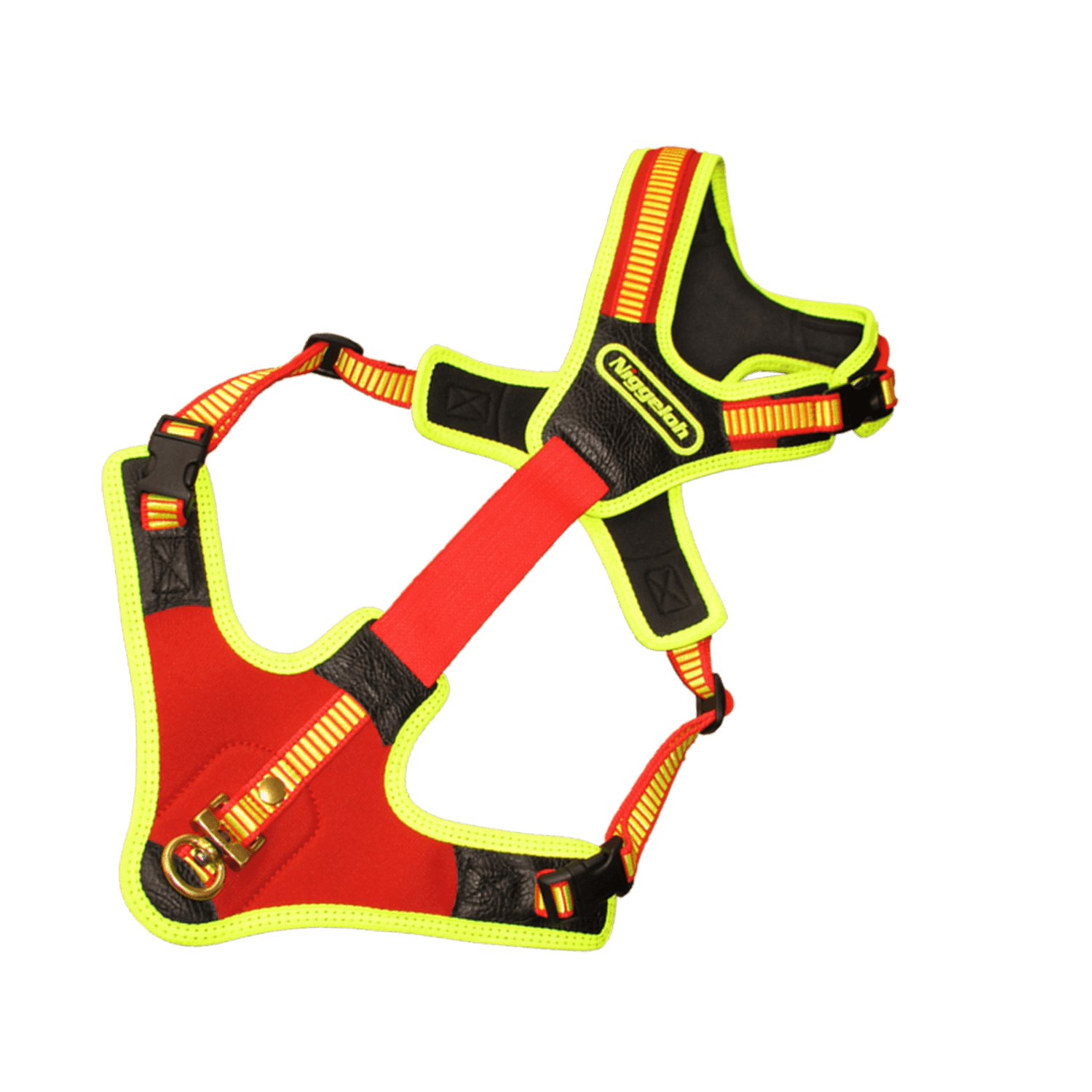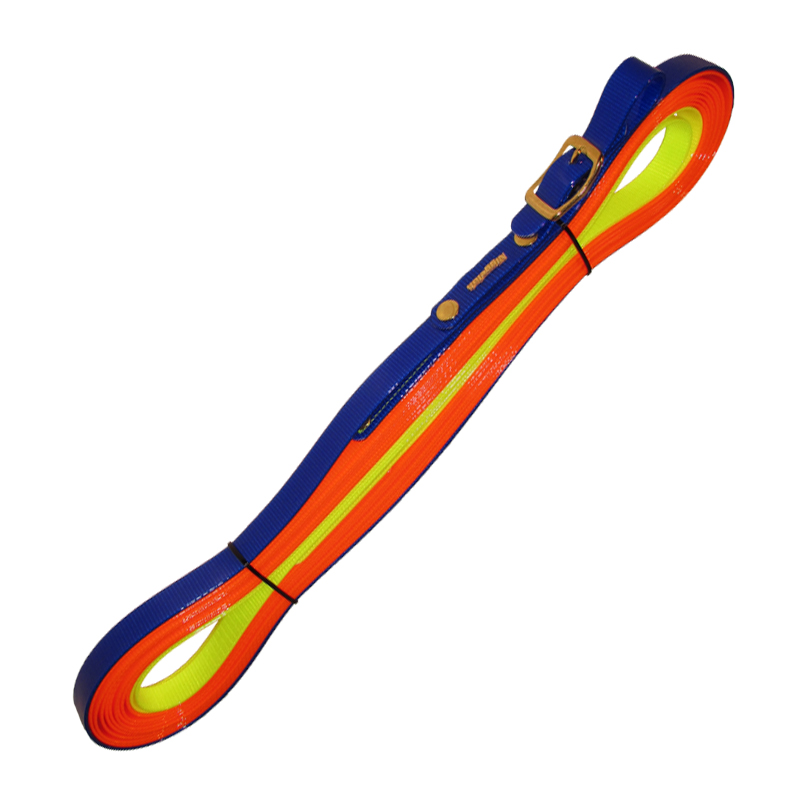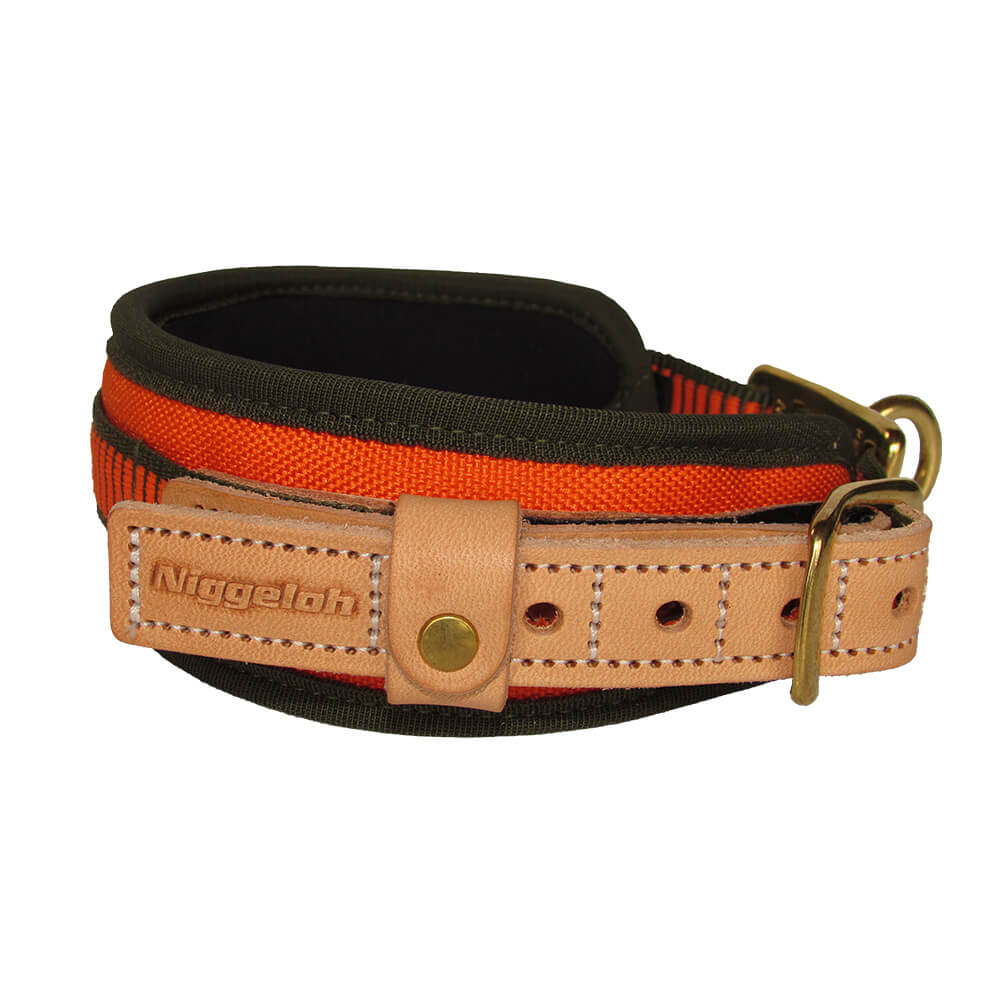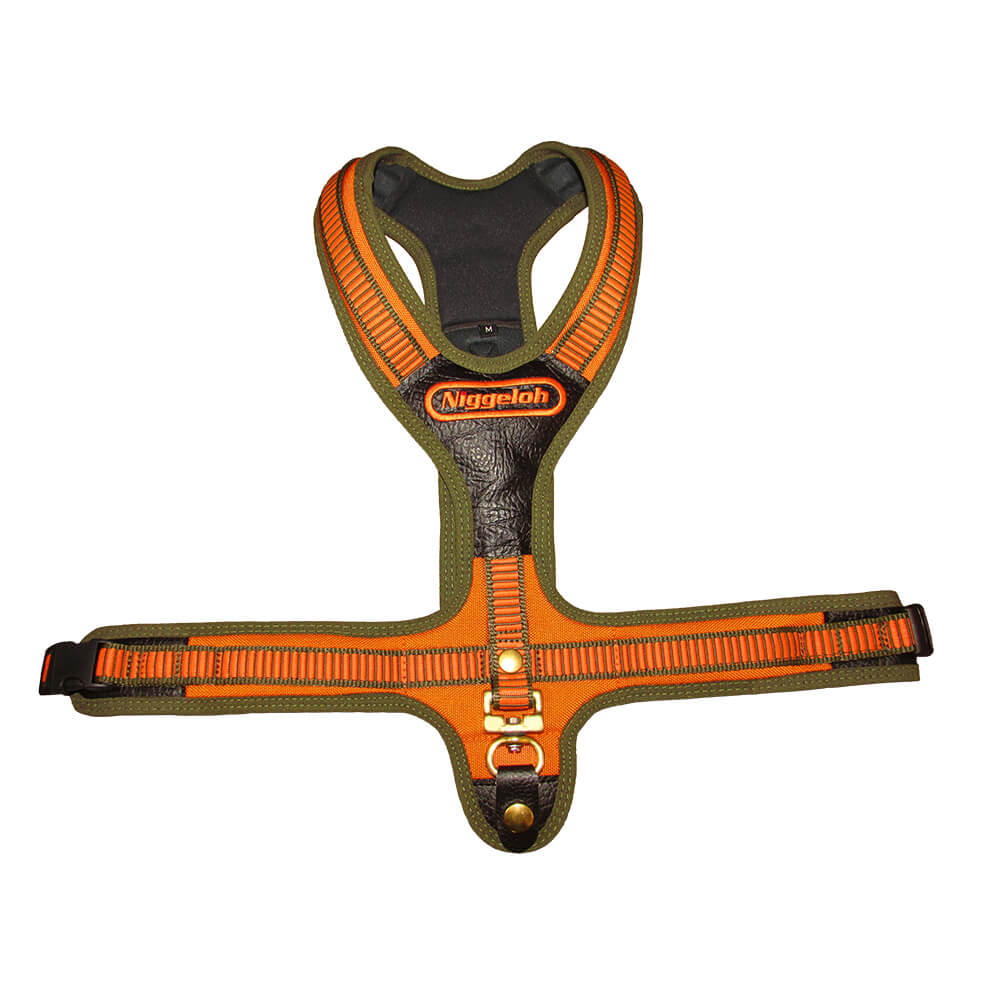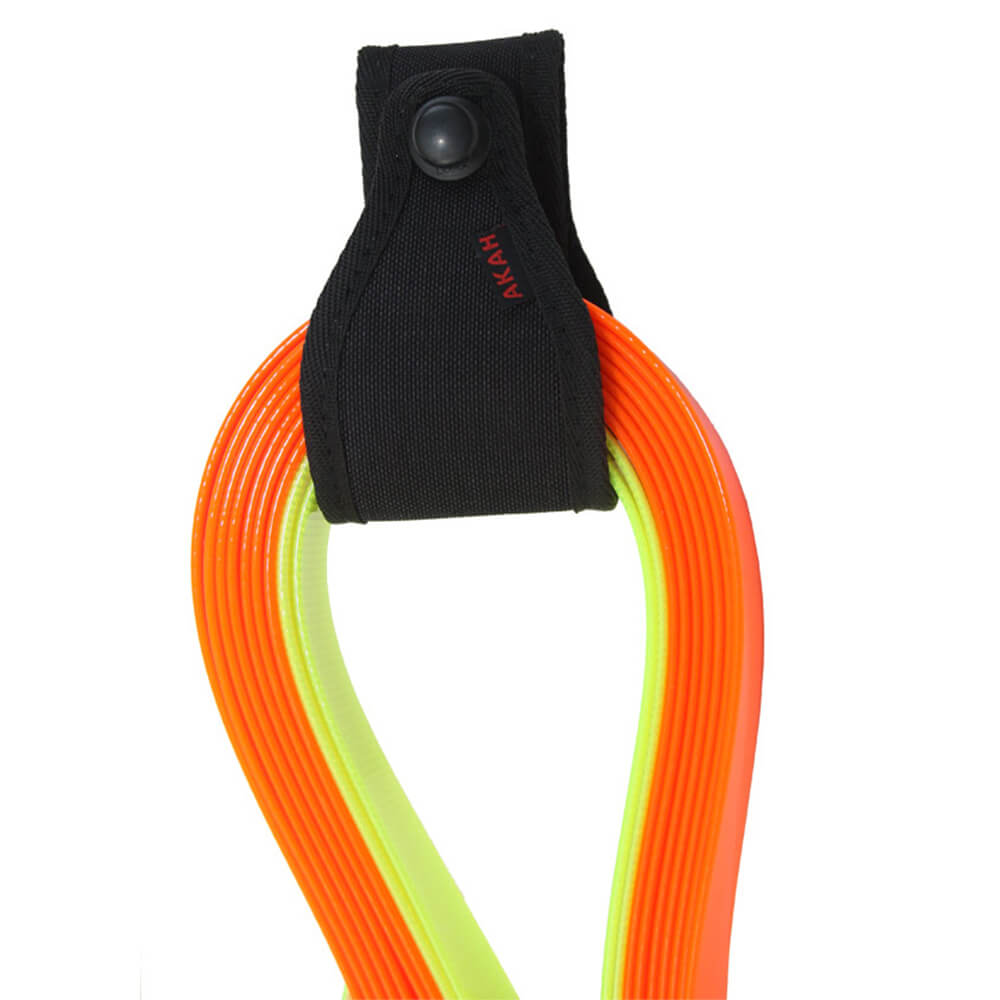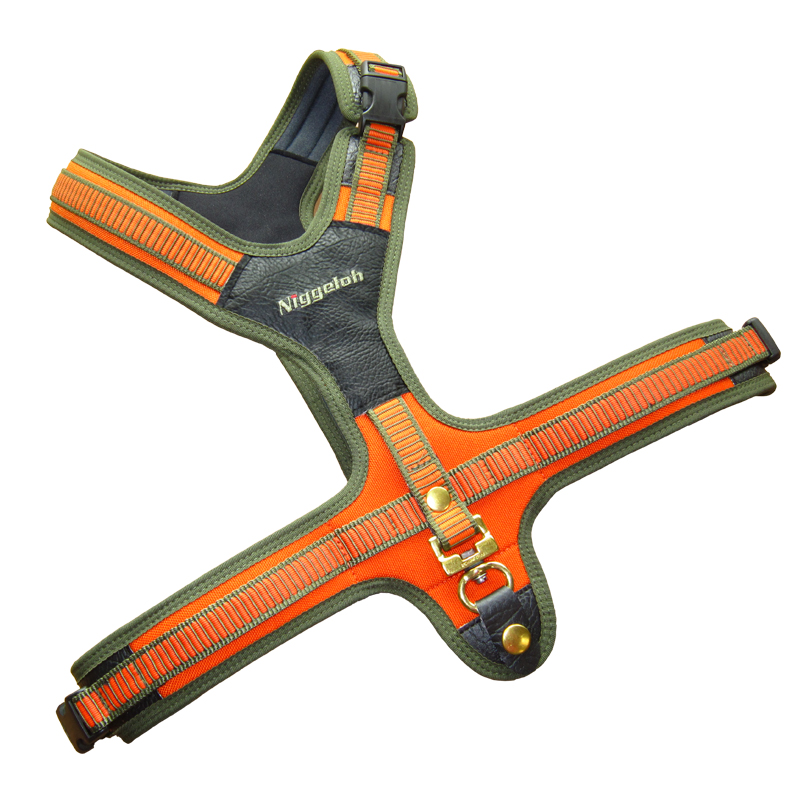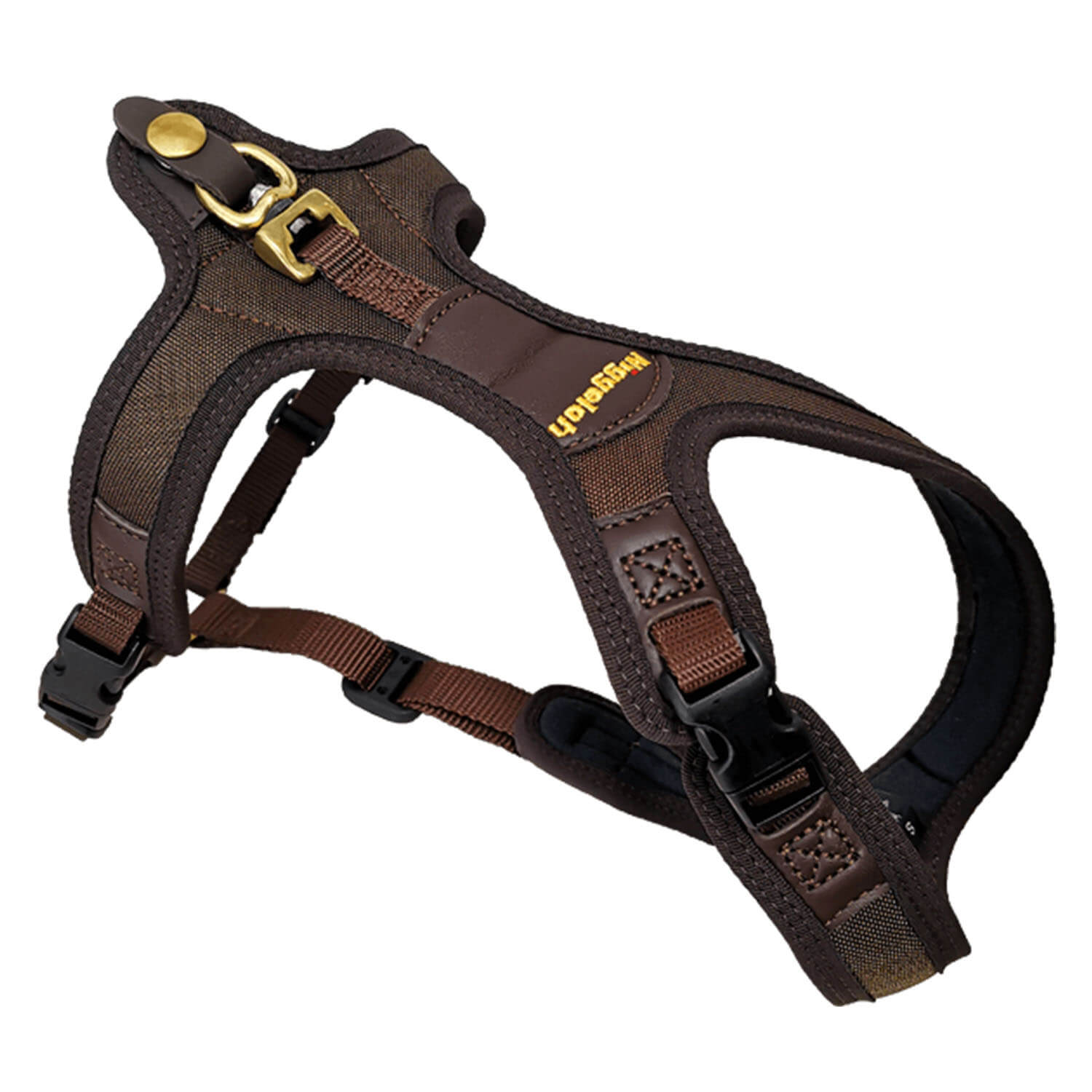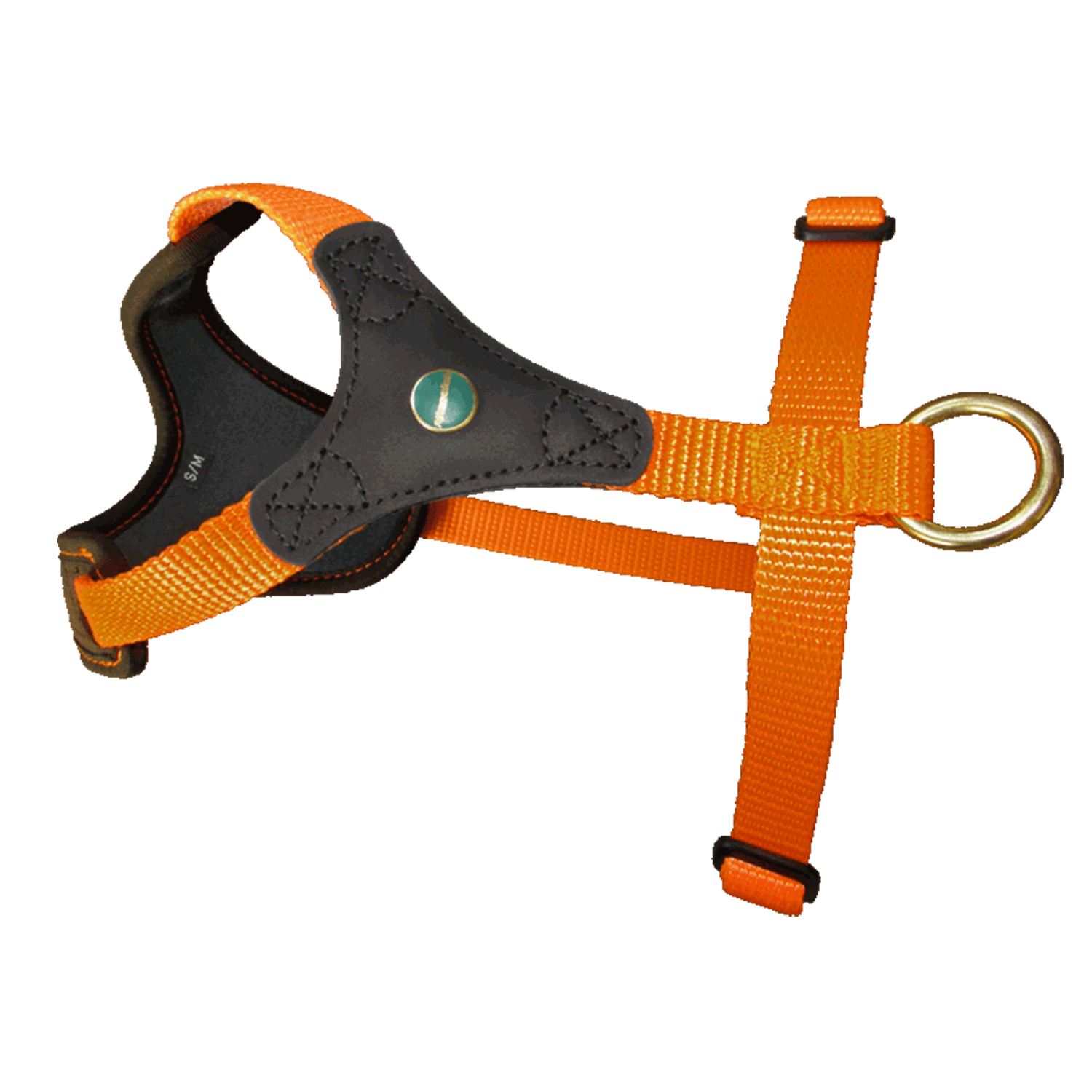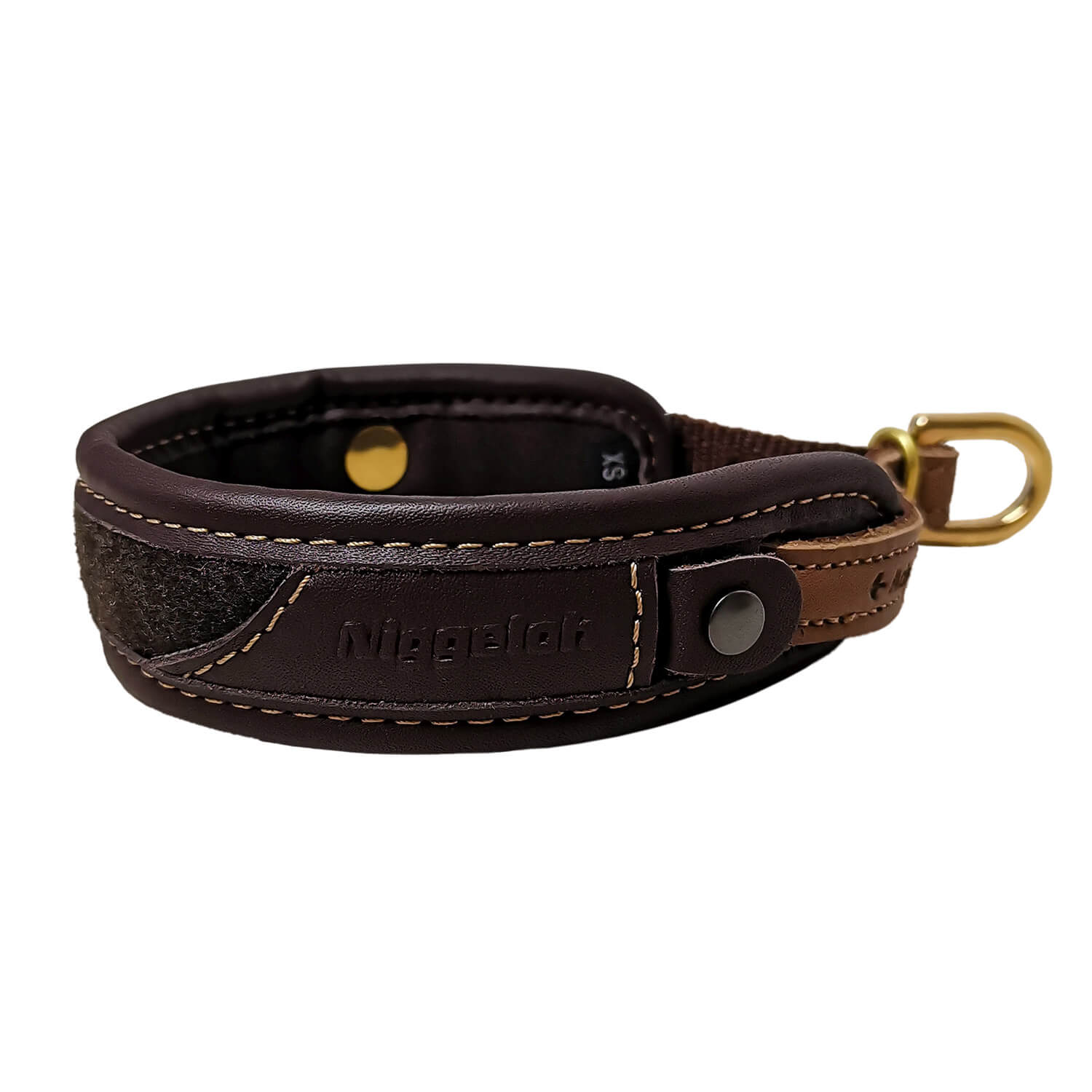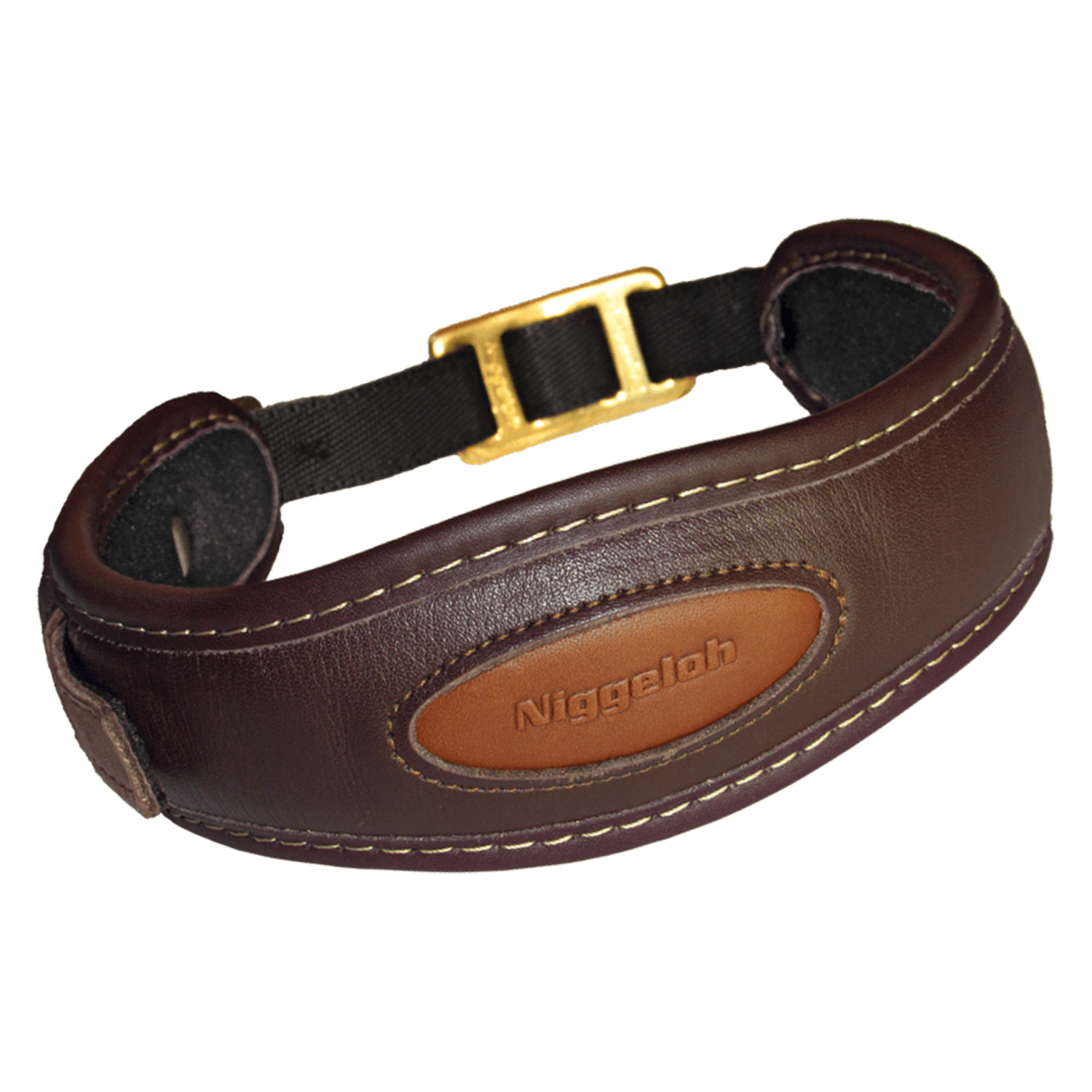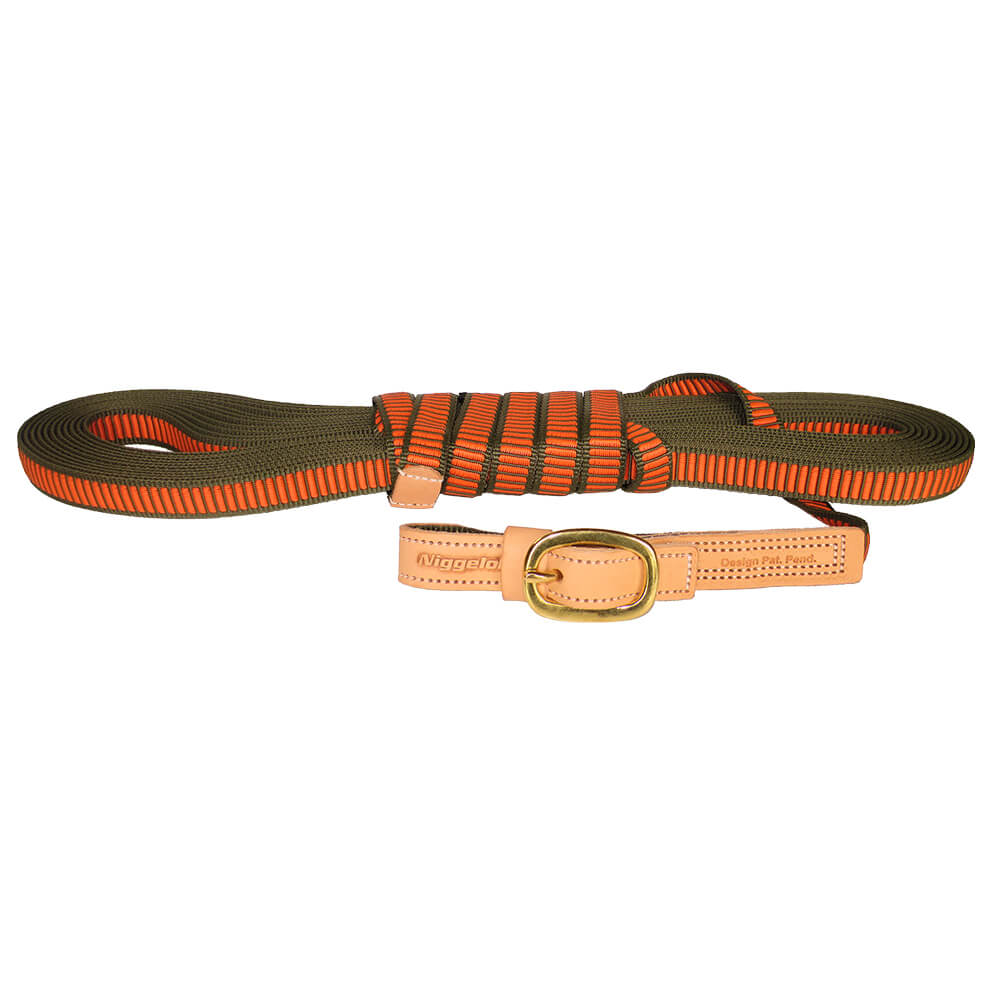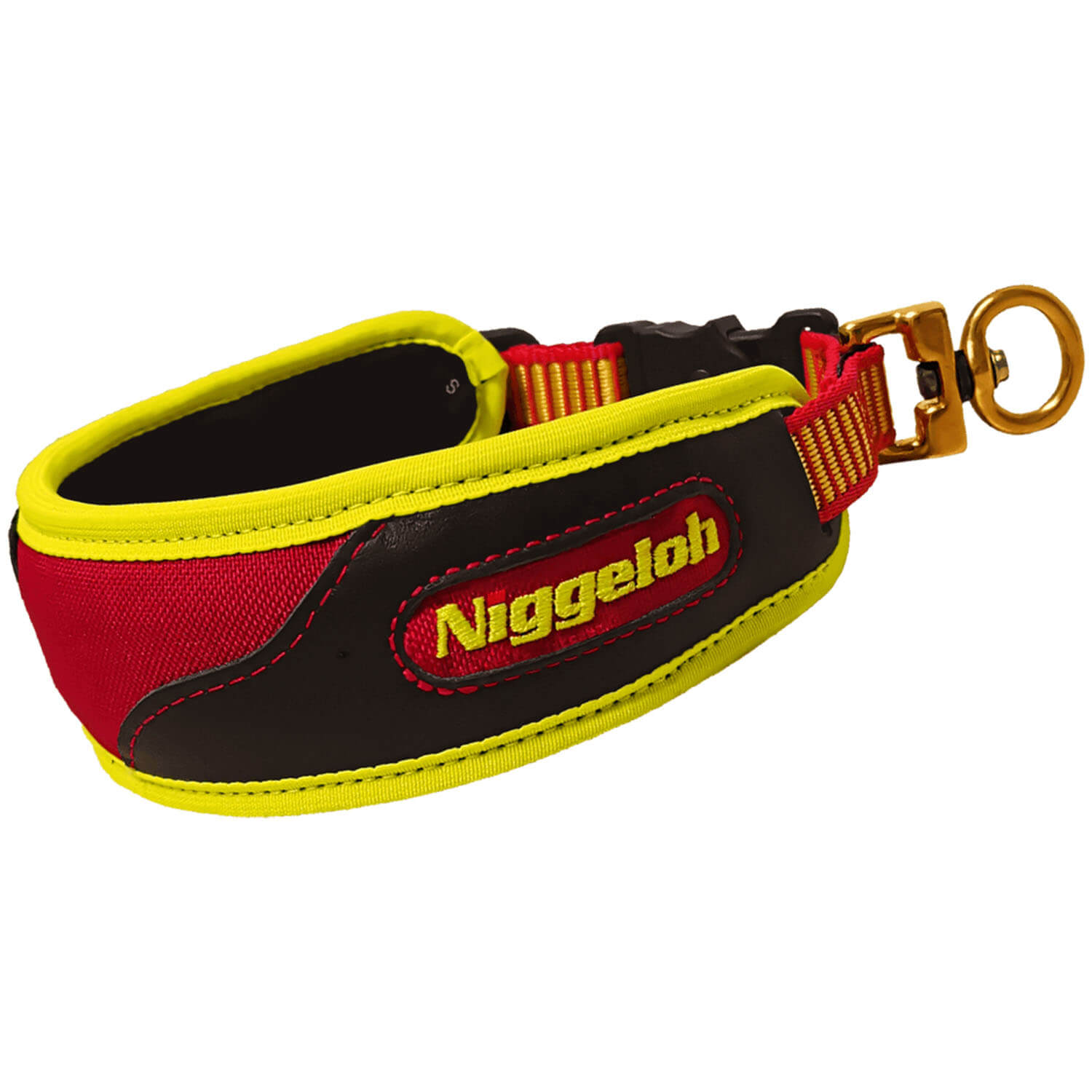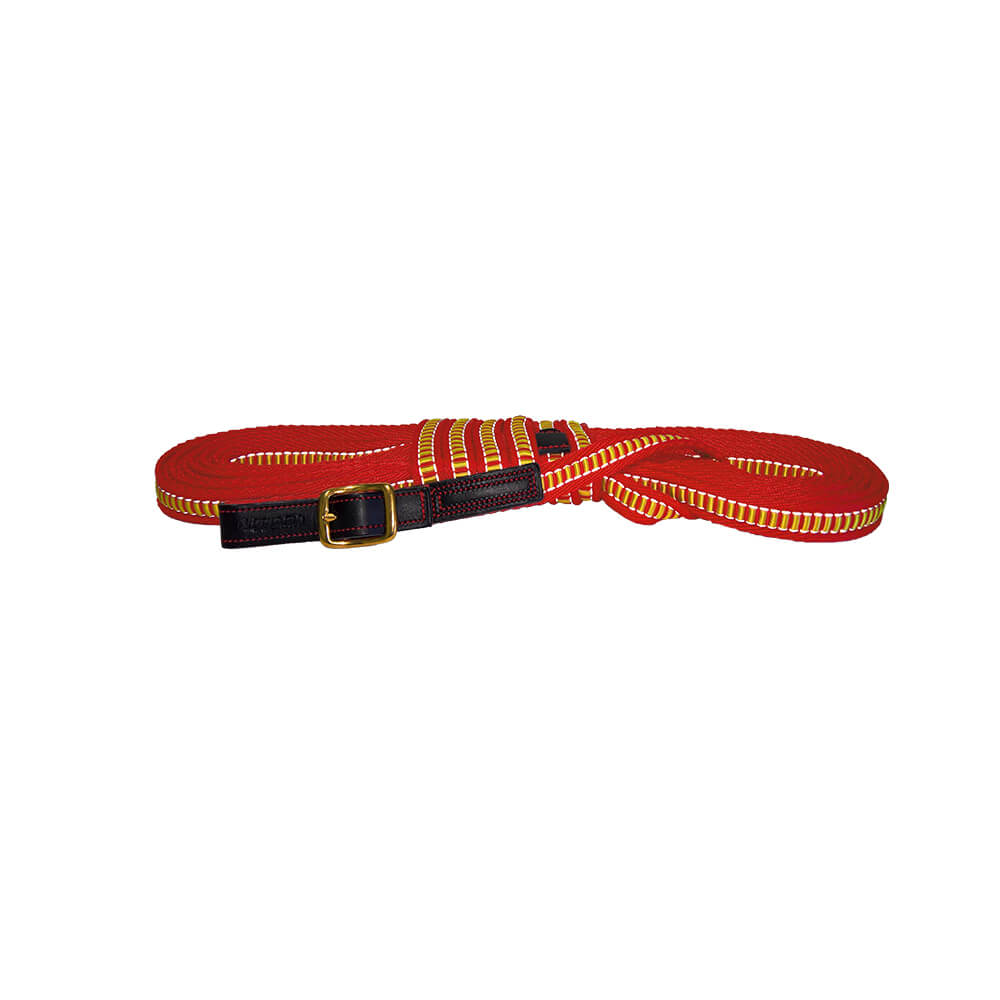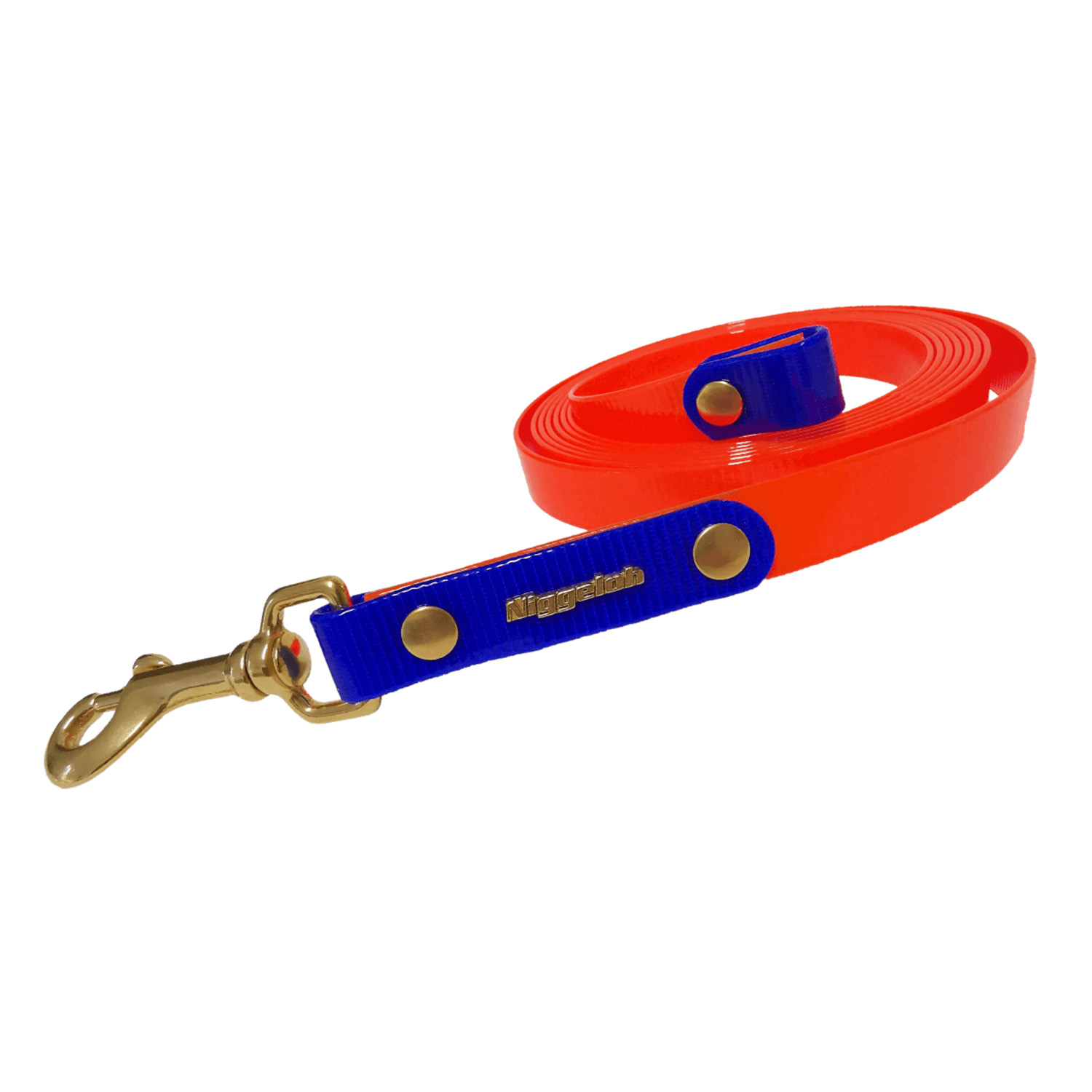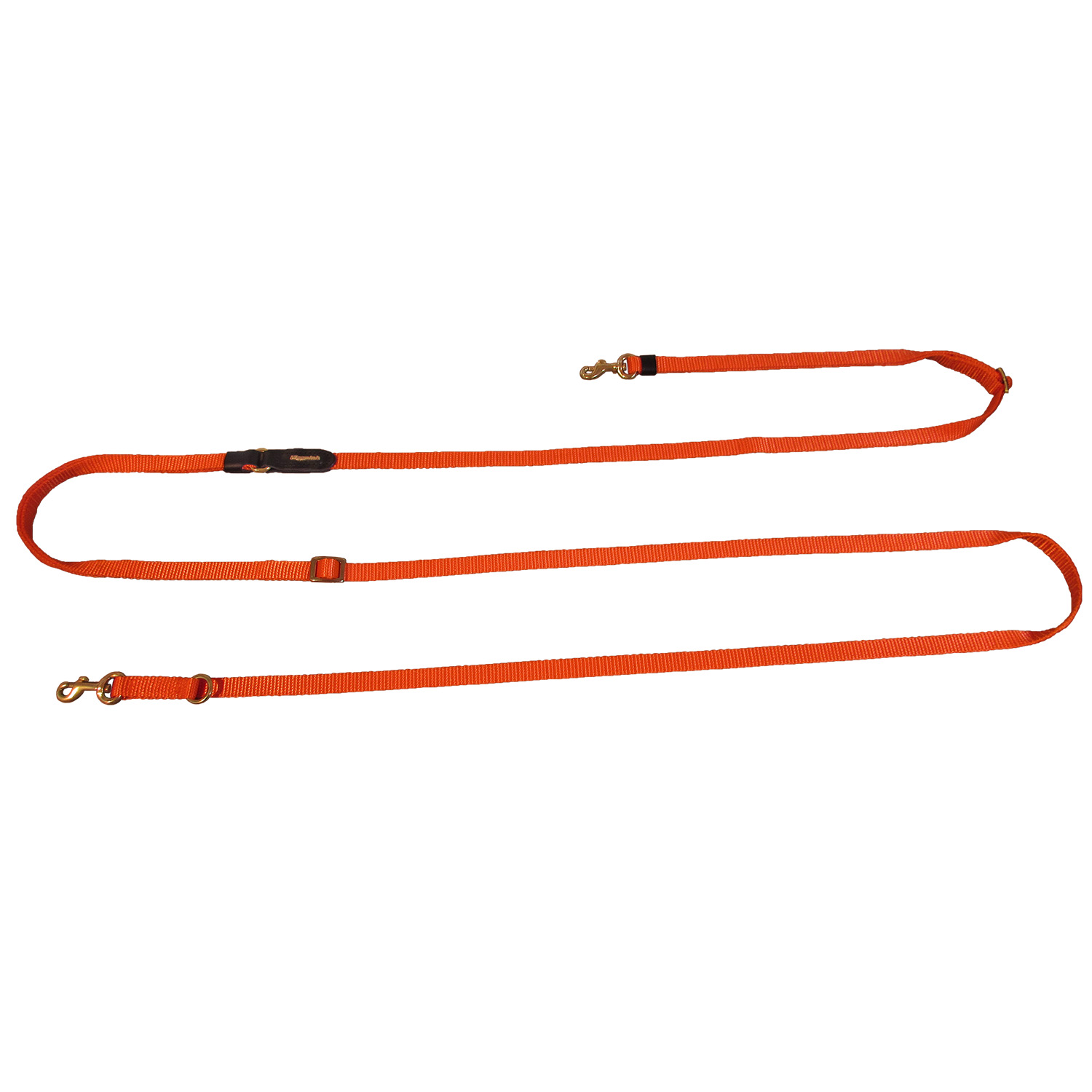Blood Trailing
The hunt: maximum performance of dog & handler
A proper blood trailing is the highest priority in hunting. Sometimes shot game still flees and does not lie directly in the fire. This is the great hour of our four-legged hunting helpers. No human nose can detect what a dog can smell. Trained dogs can pick out the diseased animal from a multitude of tracks and can follow a sweat trail even days later.
But the path to becoming a useful bloodhound is hard and requires a lot of practice. Specialists are needed on the wound track.
Practice makes perfect - training for blood trailing
Blood trailing is hard work - and needs to be learned.
With the hunting dog training you should start working out short drags with your puppy already in the first months. Always accompanied by lots of praise. Already in puppy age you can get the young dog used to strap, dog harness or collar.
As they get older, you then increase the difficulty of the drags to a point where the drag becomes a track.
Depending on the training variation, i.e. sweat dripped, spotted or the tracking shoe, start again with short and easy searches and exuberant praise at the end of each track. You will see how quickly your dog gets used to the "new scents" and happily follows them.
Special features of tracking - demands on dog & handler
In tracking, dog and handler must be a well-rehearsed team.
Hardly any other dog work requires so much empathy and understanding for the dog. The handler must interpret his dog's signs precisely. Are you still on the right track or is the dog possibly following a lead? Do you recognise what the dog is pointing out to you?
This understanding requires intensive training and frequent work together.
In addition, the dog is required to have a pronounced game sharpness in order to secure and bind the fleeing piece if the worst comes to the worst.
At the other end of the sweat line, the handler must of course be able to keep up with his four-legged friend. Physical stamina is a must when going under brambles or hawthorn.
Equipment for the bloodhound - robustness is a must
When tracking, the handler follows his dog on a long leash. This means that the tracking dog works on the long drag line about 10 m in front of its handler. This gives the dog the freedom to correct itself and to adjust to the track.
Since tracking often takes place in thickets and sick game particularly likes to take refuge in brambles or other thorny areas, the equipment for tracking work must be particularly robust.
The strong blood trailing straps from the company Niggeloh are made of resistant material, do not soak up water and fit well in the hand.
For particularly tough requirements, the Niggeloh Track, is a strap made of durable Biothane.
So that you don't cut off your dog's air when working, you should use a special blood trailing collar such as the Niggeloh blood trailing collar for tracking, or switch completely to a dog harness . Niggeloh dog harnesses relieve the dog's neck area and encourage working with a deep nose. The Niggeloh Follow dog harness has become popular with many tracking guides throughout Germany.
If you have any questions about any of the products or are not sure which size is right for your dog, please feel free to contact us.
We will advise you in detail.

